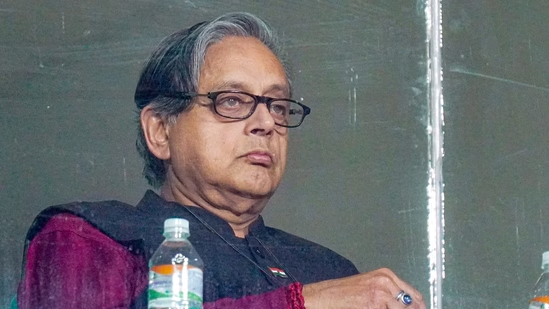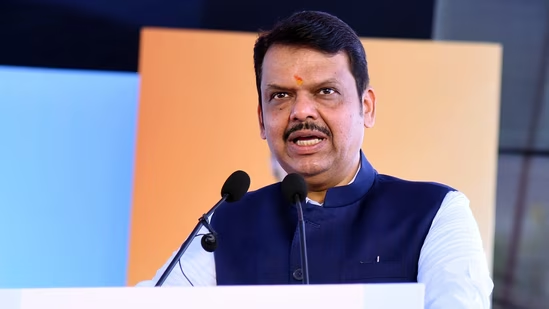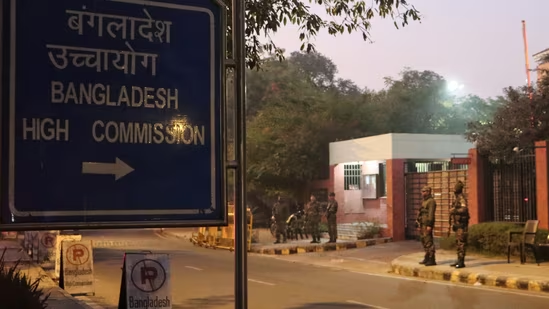The propulsion module is the primary workhorse of the spacecraft, responsible for carrying the lander module to a safe orbit around the Moon.
New Delhi: Chandrayaan-3 spacecraft’s lander Vikram today successfully separated from its propulsion module and continued its journey towards the Moon where it is expected to make a soft landing on August 23.
“‘Thanks for the ride, mate!’ said the Lander Module (LM). LM is successfully separated from the Propulsion Module (PM). LM is set to descend to a slightly lower orbit upon a deboosting planned for tomorrow around 1600 Hrs, IST,” ISRO wrote on X, formerly known as Twitter.
What happens to the propulsion module?
The propulsion module is the primary workhorse of the spacecraft, responsible for carrying the lander module to a safe orbit around the Moon.
According to ISRO, the propulsion module will continue to orbit Earth for months or even years, conducting spectroscopic studies of its atmosphere and measuring the polarisation of light from Earth’s clouds.
“LM is successfully separated from the Propulsion Module (PM). LM is set to descend to a slightly lower orbit upon a deboosting planned for tomorrow,” ISRO wrote on X, formerly known as Twitter.
Chandrayaan-3 was launched into space by the LVM3 rocket from the Satish Dhawan Space Centre in Sriharikota on July 14.
The propulsion module carried the lander Vikram and the rover Pragyaan configuration to a 100-kilometre lunar orbit. The lander then separated from the propulsion module and will now attempt a soft landing on the lunar surface.
The propulsion module carries the SHAPE payload, which will analyse the spectral and polarimetric properties of light from Earth.
“The SHAPE payload onboard would perform spectroscopic study of the Earth’s atmosphere and measure the variations in polarisation from the clouds on Earth to accumulate signatures of exoplanets that would qualify for our habitability!” ISRO wrote on X.
Chandrayaan-3, a follow-up mission to Chandrayaan-2, will attempt to land a spacecraft on the moon and deploy the rover to explore the lunar surface. The rover will collect data on the composition and geology of the moon, which will help scientists learn more about the history and evolution of our nearest celestial neighbor.
In addition to its primary objective of landing a spacecraft on the Moon, Chandrayaan-3 will also conduct in-situ scientific experiments to study the lunar environment, such as its history, geology, and potential for resources.
Chandrayaan-3 is carrying six scientific payloads to study the lunar soil, capture photographs of Earth from lunar orbit, and perform other experiments.
During its 14-day mission (one lunar day) on the lunar surface, Chandrayaan-3 will conduct a series of groundbreaking experiments using its payloads RAMBHA and ILSA. These experiments will study the lunar atmosphere and subsurface to better understand its mineral composition
The rover Pragyaan will use its laser beams to melt a piece of the lunar surface, called regolith, and analsze the gases emitted in the process. Through this mission, India will not only access a wealth of knowledge about the lunar surface but also its potential for human habitation in the future.
The spacecraft is expected to land on the lunar surface at 5:47 pm on August 23.































